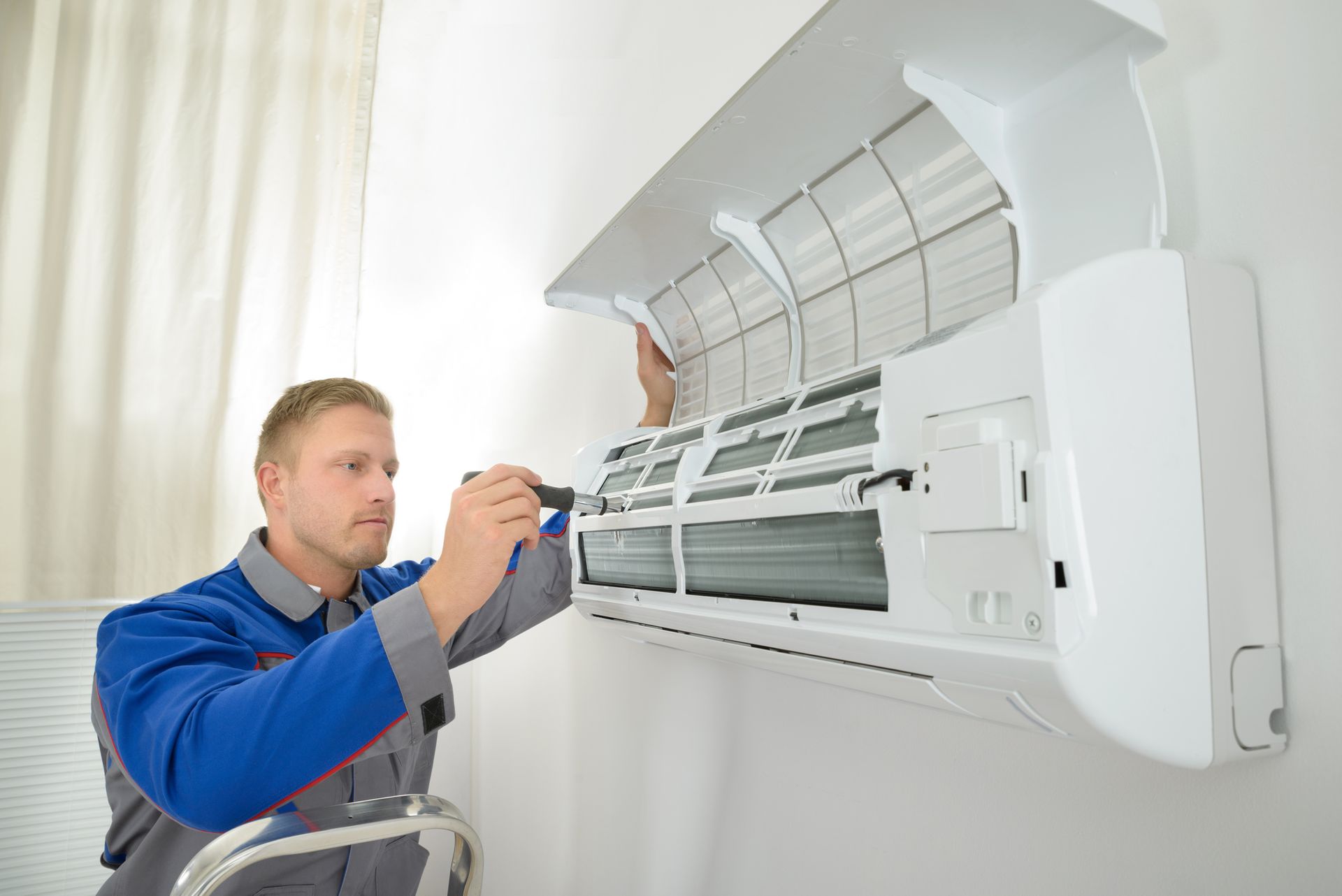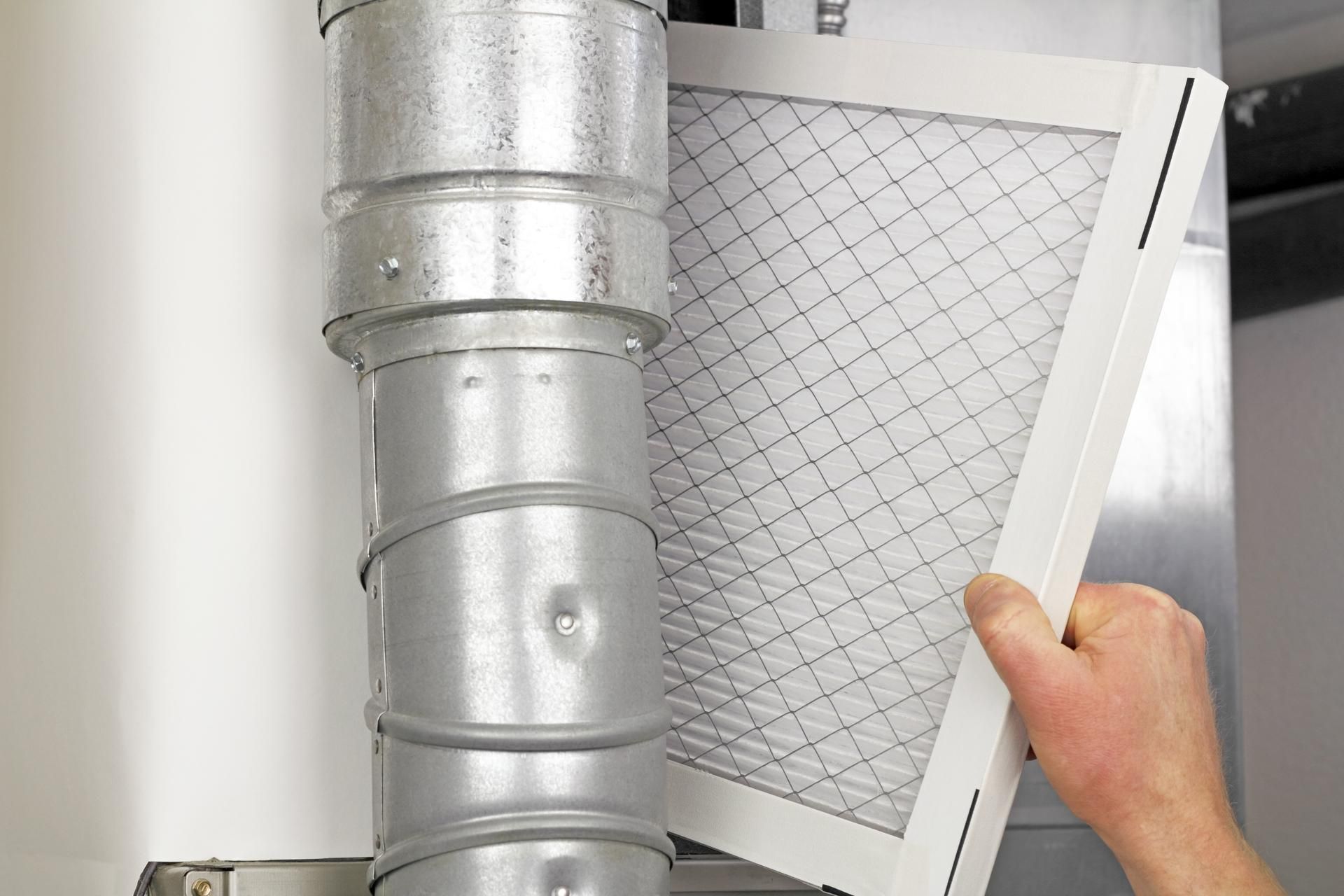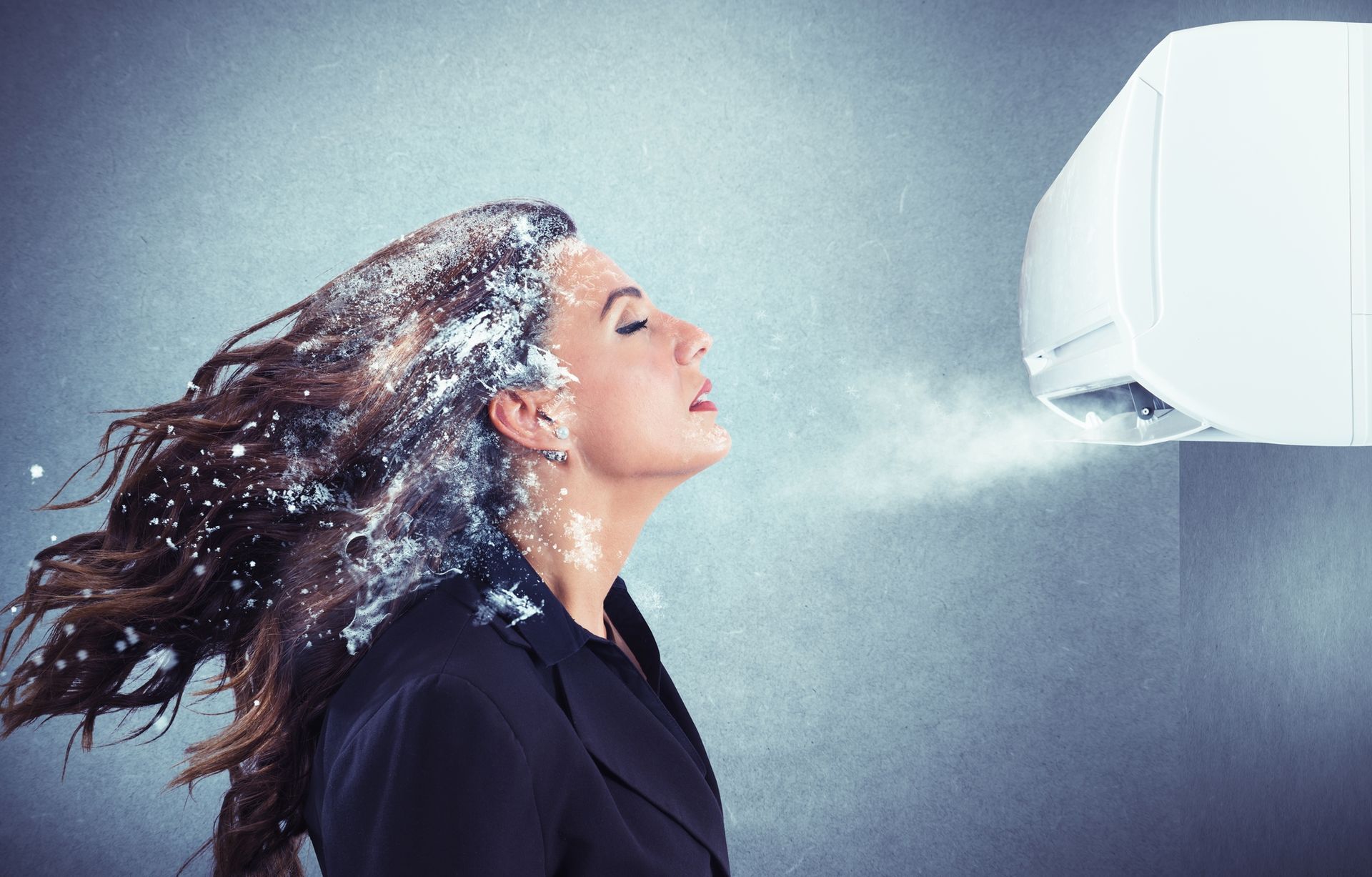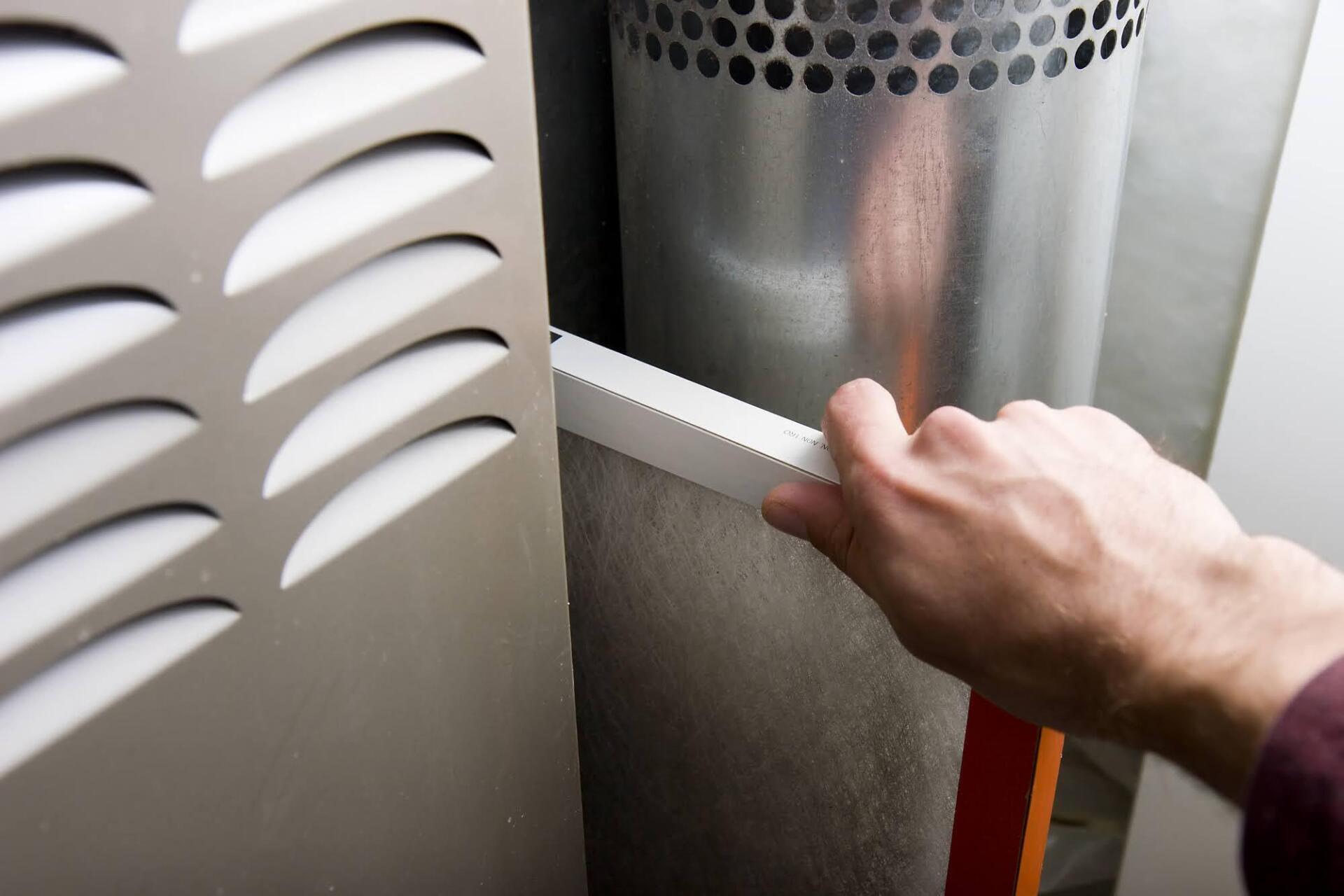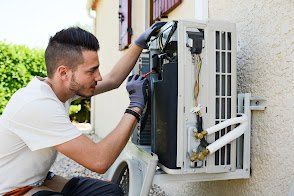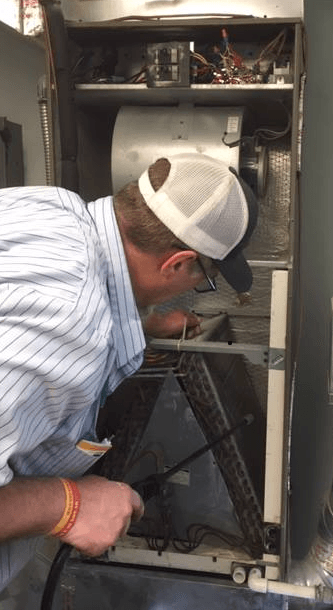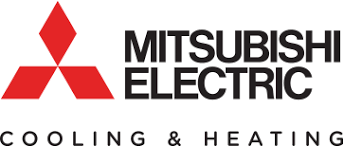Common Furnace Problems That Result From the Thermostat
| October 21, 2022
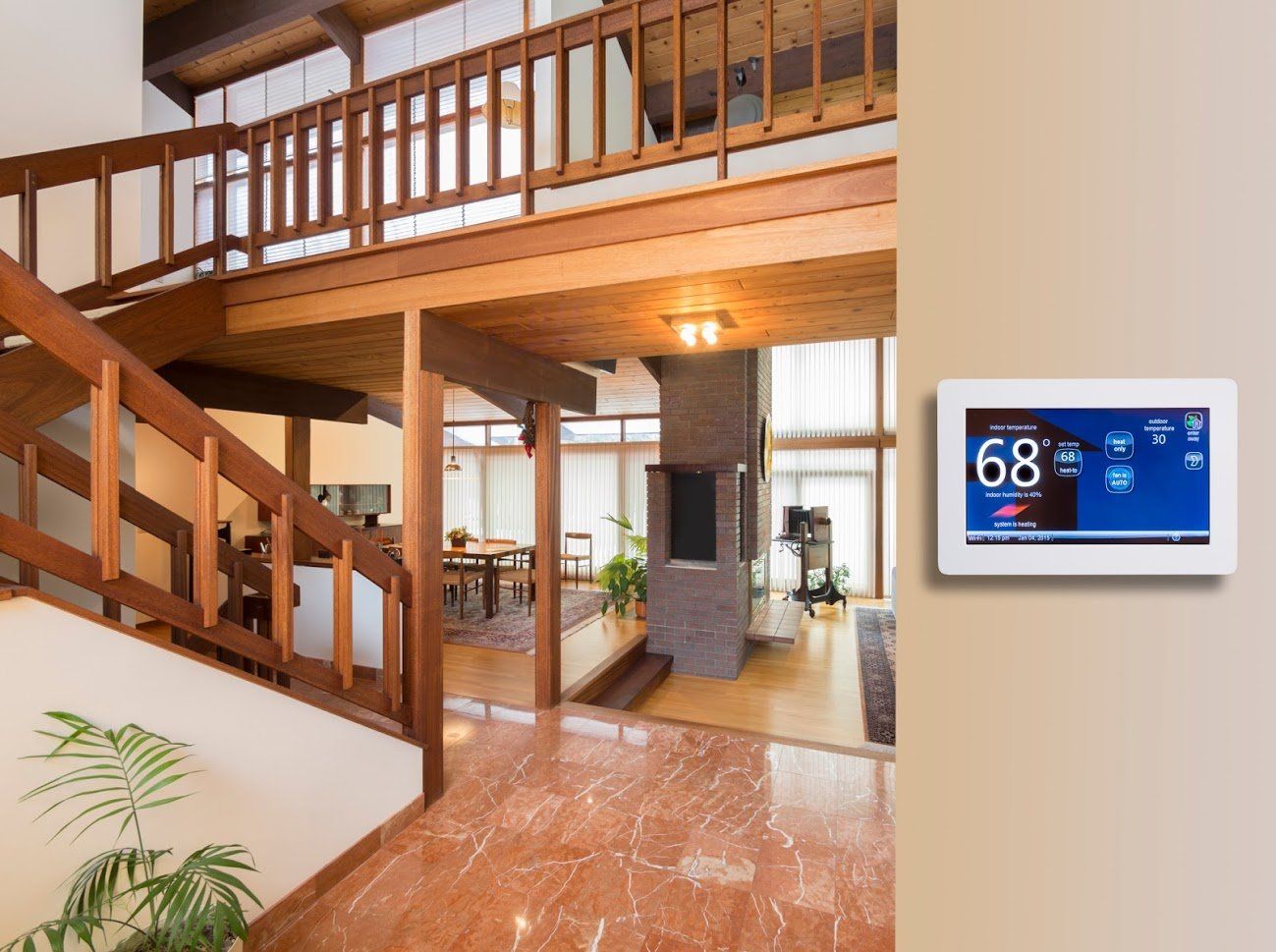
A functional and efficient furnace is critical for a comfortable home. The system keeps your space warm and healthy during the cold months, so you cannot afford the furnace to fail even for a day.
However, like any other appliance, your furnace is also susceptible to failure from time to time. And the first step to solving furnace issues is understanding the root of the problems.
Among the potential causes of furnace failure is a faulty thermostat. Discover some thermostat issues and how they affect the furnace's performance.
Incorrect Thermostat Settings
Sometimes, a thermostat failure is nothing serious. For example, perhaps you or someone in your household accidentally set the thermostat to the wrong temperature. And since the thermostat dictates how often the furnace cycles on and off, an incorrect setting will make the furnace run too frequently or not often enough.
Short cycling causes a spike in energy bills and may even damage your furnace in the long run. On the other hand, a furnace that doesn't cycle on often enough will not heat your space effectively.
Therefore, if you suspect your thermostat is the problem, check the temperature settings and rectify them if necessary.
Wiring Issues
The thermostat requires constant power to function correctly. If the wiring is loose or damaged, this component may not get adequate power, so it will not be able to control the furnace effectively.
You may tighten the wiring yourself, but if you're not confident in your abilities, let a professional handle the job to avoid endangering yourself or further damaging the thermostat.
Dirty Thermostat
Dirt and debris may accumulate on the thermostat over time, compromising the thermostat's ability to detect the temperature in your space. Luckily, this problem is easy to fix.
Remove the thermostat cover and use a soft brush to remove any dirt or debris gently. Pay attention to the bimetallic coil, the part of the thermostat that expands and contracts to complete the electrical circuit.
Set the temperatures at the lowest setting before you start to clean. Then, set the thermostat to the highest configuration to check if it works correctly.
Dead Batteries
Most digital thermostats require batteries to function. If your furnace doesn’t work and you have a battery-operated thermostat, check the batteries and replace them if necessary. The thermostat may signal low battery power by displaying a low battery icon or turning it off completely.
Remove the cover of the thermostat and replace the batteries. If this step does not solve your issue, your system may need further assessment by a professional.
Heat Anticipator Problems
The heat anticipator regulates how often the furnace cycles on and off. If the heat anticipator doesn’t work correctly, the furnace will cycle too frequently or not often enough. The furnace may also fail to maintain a consistent temperature.
You can clean or adjust the heat anticipator, especially if you have a digital thermostat. But if you have a mechanical thermostat, the adjusting may need more tools and expertise from an HVAC specialist.
Wrong Positioning
Thermostats should be away from heat sources such as lamps, sunlight, and drafts from windows and doors. If the thermostat is in an area with constant exposure to these elements, it may cause the thermostat to give inaccurate readings. As a result, your furnace will cycle too frequently or not often enough.
A faulty thermostat can cause your furnace to malfunction. But by troubleshooting the issue and taking some simple steps, you can fix most thermostats and restore your heating system's efficiency.
You can trust us at Central York Corporation to take care of your furnace needs. We will inspect your system to establish if the thermostat is the culprit and recommend the best replacement or repair option. Contact us for a consultation.


